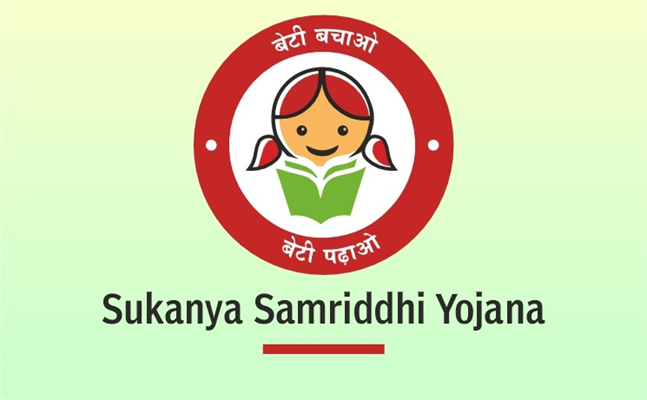Free Courses Sale ends Soon, Get It Now


Free Courses Sale ends Soon, Get It Now



Copyright infringement not intended
Picture Courtesy: www.indiatvnews.com
Context: The Sukanya Samriddhi Yojana (SSY) has recently seen an interest rate increase by 20 basis points for the January-March quarter, set at 8.2%. The interest rates for various small savings schemes managed mainly through post offices, are typically notified by the government quarterly.
Sukanya Samridhi Yojana
Features of SSY
Significance of SSY
Challenges faced by SSY
Way forward
SSY is a commendable initiative by the government to address the issue of gender discrimination and empower the girl child in India. However, there is a scope for improvement and innovation to make it more relevant and responsive to the changing needs and aspirations of the girl child and society. Some of the suggestions for the way forward are:
Conclusion
Must Read Articles:
SUKANYA SAMRIDHI YOJANA: https://www.iasgyan.in/daily-current-affairs/sukanya-samriddhi-yojana
SMALL SAVINGS SCHEMES: https://www.iasgyan.in/daily-current-affairs/small-saving-schemes
Mahila Samman Saving Certificate (MSSC): https://www.iasgyan.in/daily-current-affairs/mahila-samman-saving-certificate-mssc
|
PRACTICE QUESTION Q. How has women's empowerment evolved in India over the past decade, and what pivotal changes have catalyzed progress? What barriers persist in achieving true gender parity, and what strategies show promise in fostering widespread empowerment among women in India? |
© 2024 iasgyan. All right reserved